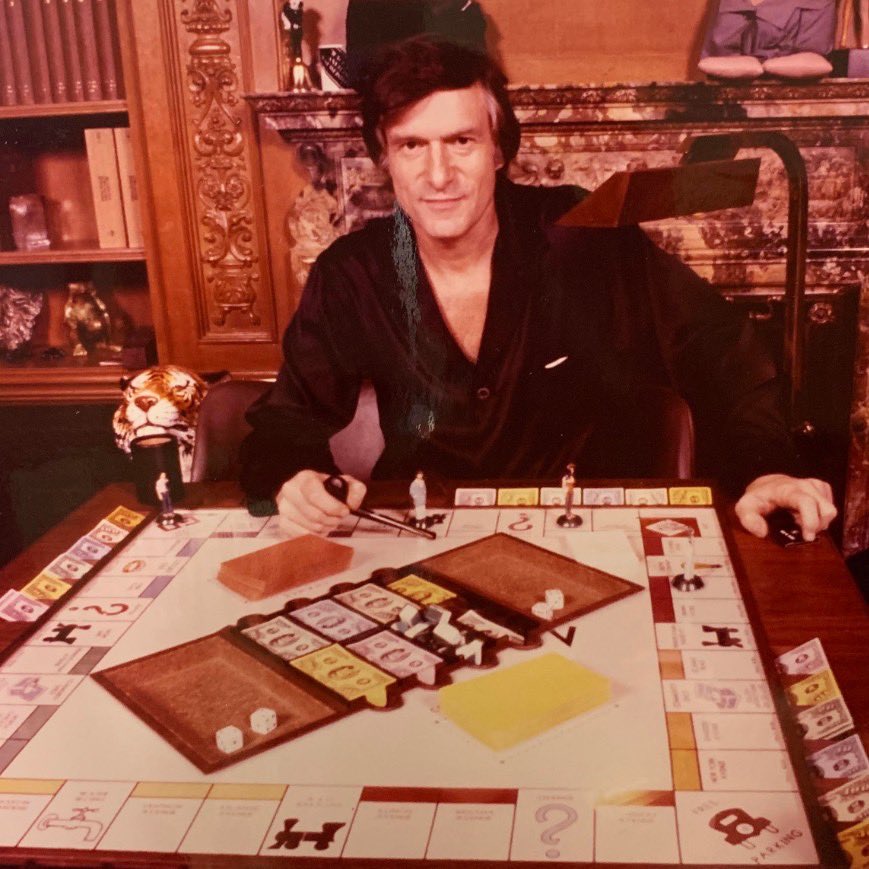

Strategy
Chess is a board game that has been around for centuries. It is a game of strategy, and it takes a lot of practice to become a good player. There are many different chess strategies, and each player has their own way of playing. Some players are very aggressive, and they try to capture as many pieces as possible. Other players are more conservative, and they try to control the board. There are many different chess openings, and each player has to choose the one that best suits their style of play.
Chess is a very challenging game, and it is one of the few board games that can be played at a professional level. There are many different chess tournaments held around the world, and the top players can earn a lot of money. Chess is a great game for people of all ages, and it can be enjoyed by both beginners and experienced players.
History of Chess
Chess has its origins in northern India in the 6th century AD. The game was derived from a similar Indian game called chaturanga. Chess eventually spread to Persia. When the Arabs conquered Persia, they also adopted the chess game. chess was then introduced to Southern Europe by the Arabs. The game became popular in Spain and Italy. From Italy, chess spread to the rest of Europe. The game became particularly popular in England during the medieval period.
The modern game of chess originated in the 15th century. The rules of the game were standardized in the 19th century. Chess is now a popular game all over the world.
An Epic Arena
At the legendary Playboy Mansion, Monopoly tournaments were a regular and much-anticipated pastime—an occasion deserving of a table as distinctive as the setting itself. Hugh Hefner’s custom Monopoly table was designed to meet that need, built as a full-size card table with an oversized Monopoly board seamlessly inset beneath a protective sheet of glass. The board itself is more than 50% larger than a standard Monopoly board, allowing for an enhanced playing experience. At its center, a recessed area was crafted to hold the money tray, flanked on either side by cork-lined dice trays for added functionality and flair.
Despite the custom construction, Hefner opted to preserve the integrity of the classic game. The board retained its original layout, with no renamed properties. However, the increased dimensions of the board did necessitate custom-printed, oversized Chance and Community Chest cards. Multiple card sets were produced to account for wear and ensure a steady supply of replacements.
Encircling the play area, three of the table’s four sides feature a set of six built-in slots—precisely sized to hold players’ custom-printed Monopoly money, with the fourth side providing slots for two players. Although all seven standard denominations were created, internal documentation for staff setup notes that $1 bills were typically excluded from play.
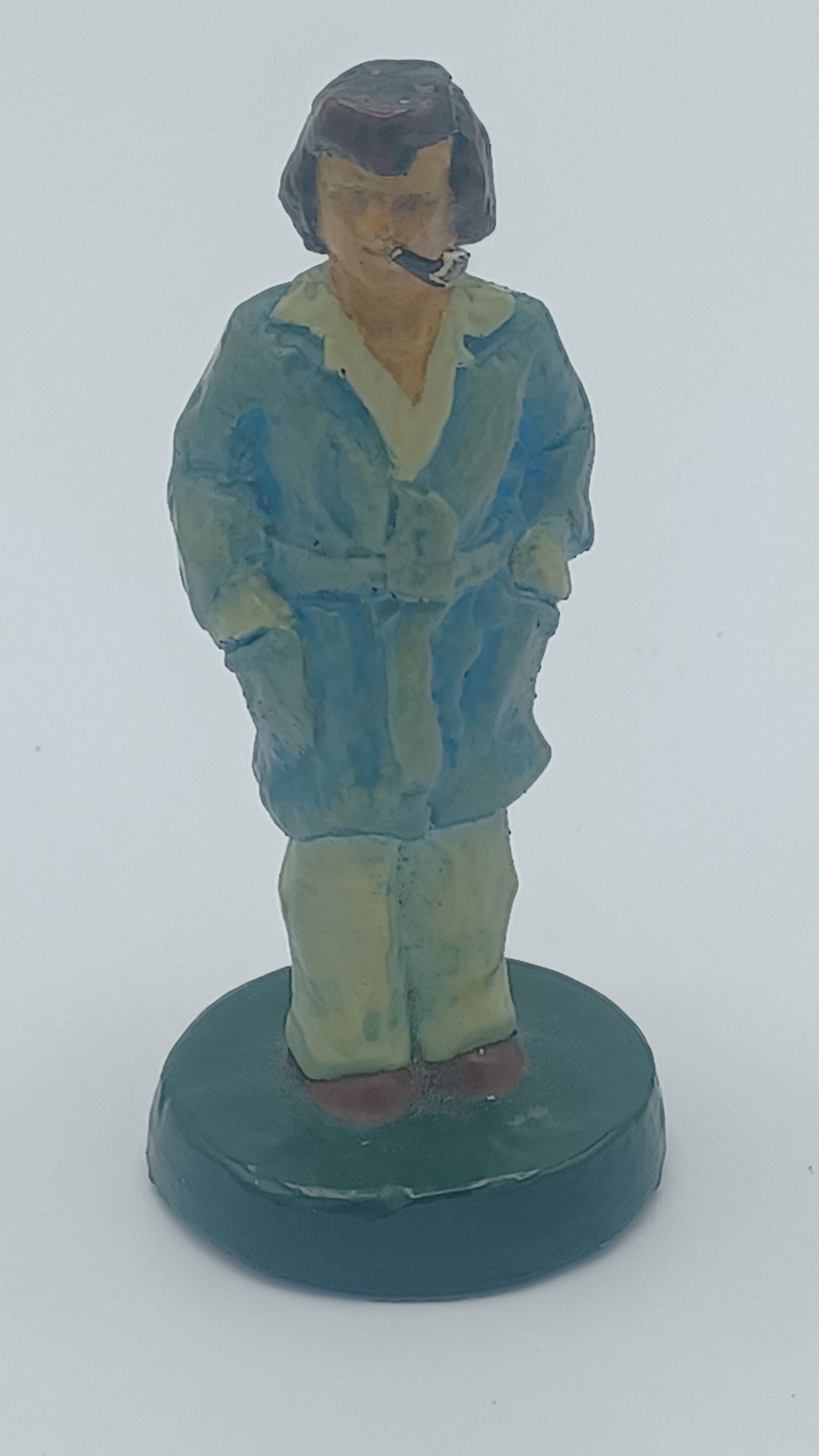

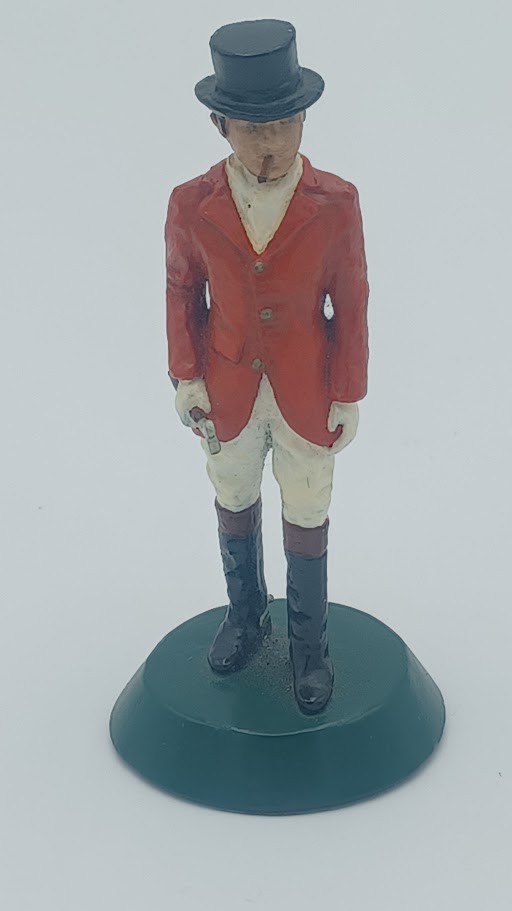
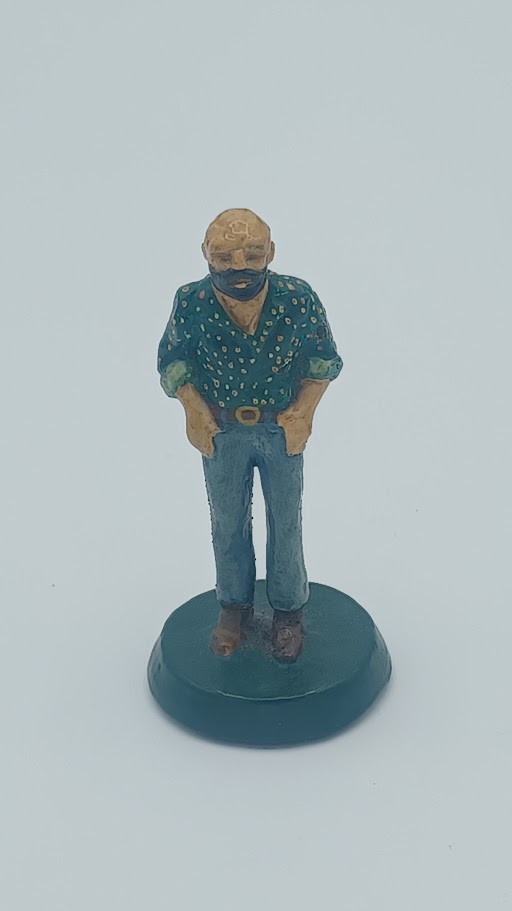

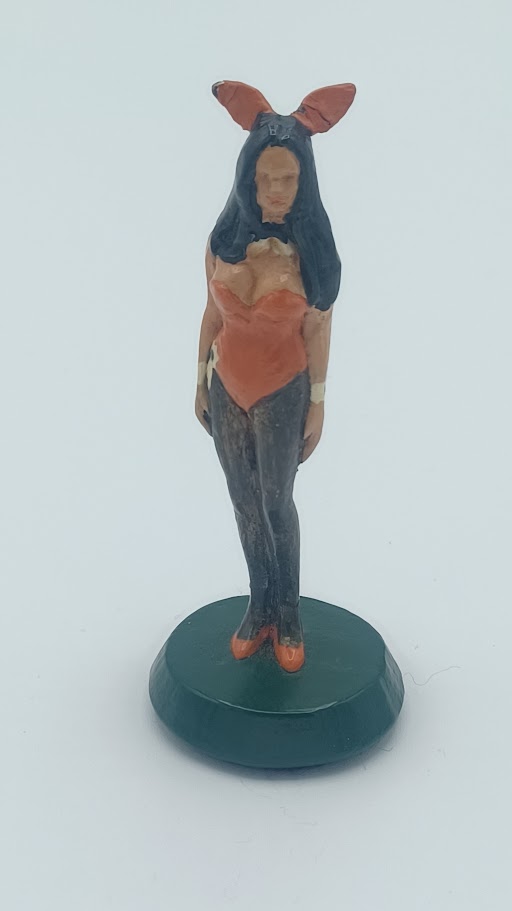
An Epic Arena
At the Playboy Mansion, frequent Monopoly tournaments called for a playing field appropiate for the occasion. Hef's custom Monopoly table is a full-size card table with board more than half again larger than a standard Monopoly board inset in the center of the tables under a sheet of glass. A recessed area in the center of the board would hold the money tray, flanked on each side by cork lined dice trays.
Despite the custom printed nature of the, Hugh resisted the tempation to rename properties, and the board retains the standard layout, although the size of the board required custom printed over-sized Chance and Community Chest cards. Many sets were printed to ensure replacements were available for wear over time.
Finally, you need to be able to make good use of your pieces. This means that you need to know how to use each piece to its fullest potential.
Game rules
The game of chess is played on a board of 64 squares arranged in an 8×8 grid. The board is divided into two equal halves by a horizontal line called the "equator". There are 16 pieces in total, divided into two armies: white and black. Each army has 8 pawns, 2 rooks, 2 knights, 2 bishops, a queen, and a king. The game is played between two opponents, white and black, who take turns moving one of their pieces. The goal of the game is to checkmate the opponent's king, that is, to put it into a position where it cannot move without being captured by one of your pieces.
The pawn is the weakest piece in chess, and can only move one square at a time, forward. It can move two squares on its first move, but only if it has not moved before. Pawns can only capture pieces that are one square diagonally in front of them. They cannot move backwards. If a pawn reaches the other side of the board, it can be "promoted" to any other piece (except a king).
Frequently Asked Questions